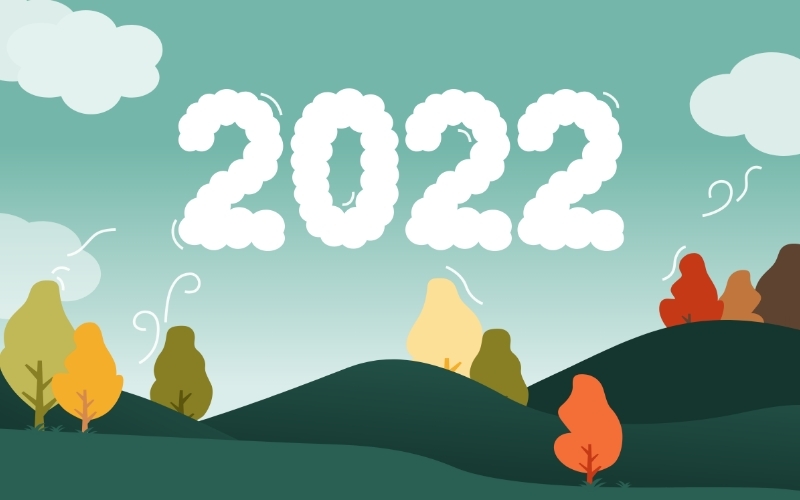Industry Trends
Last month, Wray Ward delivered the closing session of the John Burns Real Estate Consulting Building Products Strategy + New Home Trends Summit. JBREC is a U.S. real estate research firm with a laser-sharp focus on the housing industry, and its full-day webinar connected key players in the real estate industry to share insights on critical home and building trends.
Throughout the event, we heard how the industry landscape has shifted over the past couple of years. Presentations included valuable insights from Todd Tomalak, vice president of research at JBREC. Todd is also a member of the Cul-de-Sac, Wray Ward’s advisory panel dedicated to the home and building category. He gave attendees a breakdown of critical themes that are unfolding in the industry as well as changes and trends to keep an eye on in 2022. Among the findings:
New construction material revenue is expected to rise in 2022.
Large home remodeling projects are accelerating (already up 13% in 2022) and are unlikely to slow in 2023.
Widespread building material shortages and price shifts in 2021 remain a concern during the spring 2022 building season.
So, what does it all mean? How should these factors influence your approach to marketing, especially in the increasingly competitive home and building category?
Consider variables such as home design, sustainability, health and wellness, new technology, product and labor shortages, political concerns, e-commerce, inflation, the metaverse and more. All of these variables heavily influence the environment in which your consumers operate and, therefore, the environment in which your brand must learn to adapt.
Wray Ward’s John Mader, vice president and director of Connections, joined me to explore how home and building brands can navigate this rapidly shifting landscape. In case you missed the event, here are five steps your brand should consider using to guide marketing planning in an ever-changing world:
1. Remember the Basics
When navigating the ongoing shifts surrounding your brands, channels and consumers, remember: Always start with a strong strategic foundation.
First, take a 360-degree look at the market including the 5C’s: category, climate, company, competition and customers. These considerations can help you determine what products are increasing in popularity, how shifting demographics are affecting the landscape and much, much more.

